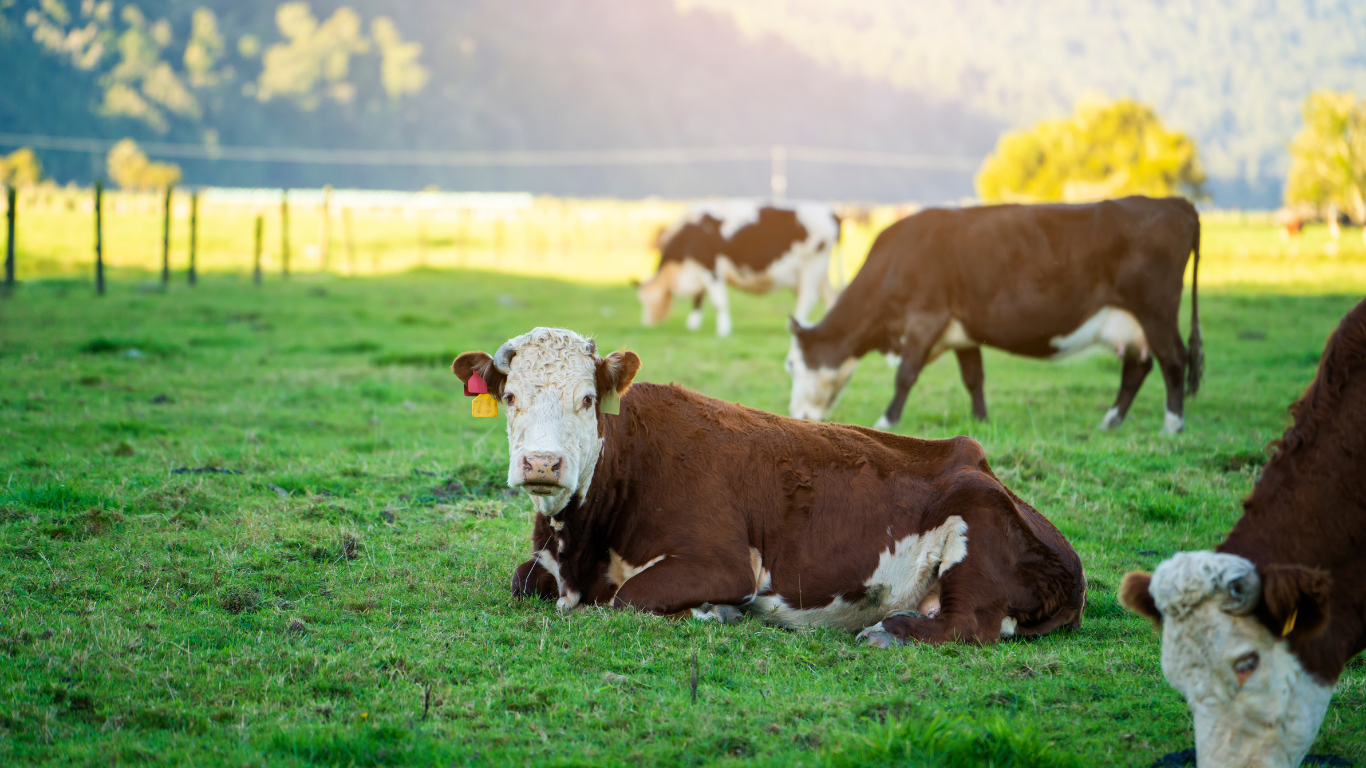The latest CPC-IRI Forecast of the Niño/Southern Oscillation has increased the probability of being in a Niña season through summer and fall (Graph 1). La Niña patterns typically bring drought to the Southern Plains. The risk of continuing to suffer the consequences of being in a drought is increasing day after day. The chance of a third consecutive Niña, is rising. The sooner we get prepared for it, the higher our chances of successfully implementing a drought management plan, saving costs, and having a solid business in the future.
Graph 1. CPC-IRI Official Probabilistic ENSO Forecast.

Most cow-calf production is highly dependent on rainfall. With very high input and feeding costs, a drought management plan should incorporate more than one strategy to lessen adverse economic impacts. It should also consider future restocking strategies given the business’s financial position, long-term profitability, cash-flow, years to rebuild your livestock equity lost during drought, and other productive variables such as forage productivity, genetics, or leasing alternatives.
Our model analyzed the impact of integrating drought management practices to mitigate losses and reduce risk (https://vernon.tamu.edu/extension-projects/d3-agricultural-economics/). Integrating these proactive and reactive strategies such as early weaning, early culling, pre-stocking hay, destocking, and restocking strategies has a significantly higher economic and financial impact than each strategy. These strategies resulted in a $426 saving per breeding cow unit (BCU) during year one.
Other pro-active strategies like USDA’s Pasture, Rangeland, and Forage Insurance (PRF) are essential tools that can be implemented in many cases. PRF showed a positive net benefit in many cases, but most importantly, it generated significant payments in drought years when it was needed most.
Unfortunately, droughts always have a negative effect on our companies. Waiting for it to rain to solve problems has not always been the best solution. These types of tools will help you prepare your operation given your production data, financial position, experience, and future expectations.
Abello, Francisco. “Are we ready for one more Niña season?“. Southern Ag Today 2(21.2). May 17, 2022. Permalink




